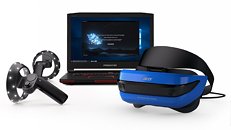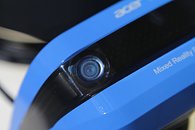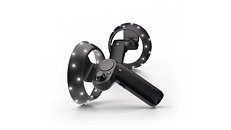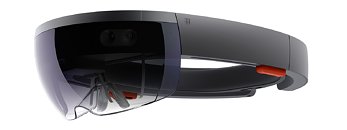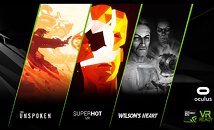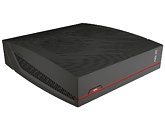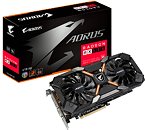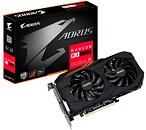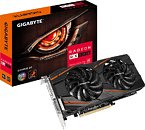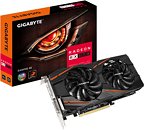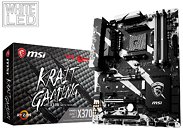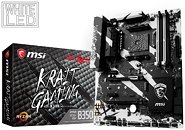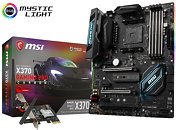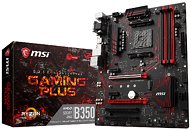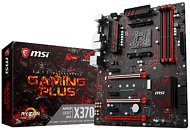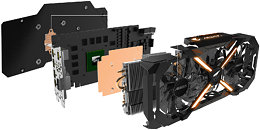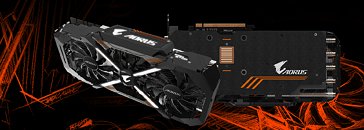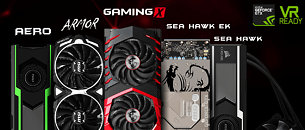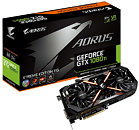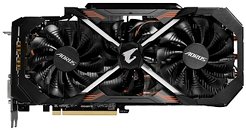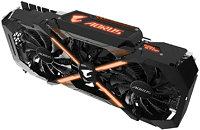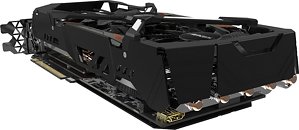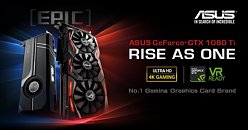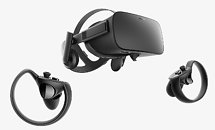
macOS High Sierra Delivers Advanced Technologies for Storage, Video & Graphics
Apple today previewed macOS High Sierra, the latest version of the world's most advanced desktop operating system, delivering new core storage, video and graphics technologies that pave the way for future innovation on the Mac. macOS High Sierra offers an all-new file system, support for High-Efficiency Video Coding (HEVC) and an update to Metal, Apple's advanced graphics technology that powers everything from machine learning to virtual reality content creation. macOS High Sierra also includes a number of refinements to the apps Mac users enjoy every day, including Photos, Safari and Mail.
"macOS High Sierra delivers important forward-looking technologies and new opportunities for developers wanting to tap into the power of machine learning and create immersive VR content on the Mac," said Craig Federighi, Apple's senior vice president of Software Engineering. "The core technology innovations in macOS High Sierra, combined with our advances in hardware, will continue to push the Mac forward in exciting new ways."
"macOS High Sierra delivers important forward-looking technologies and new opportunities for developers wanting to tap into the power of machine learning and create immersive VR content on the Mac," said Craig Federighi, Apple's senior vice president of Software Engineering. "The core technology innovations in macOS High Sierra, combined with our advances in hardware, will continue to push the Mac forward in exciting new ways."






